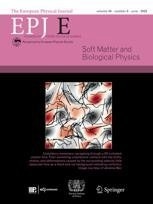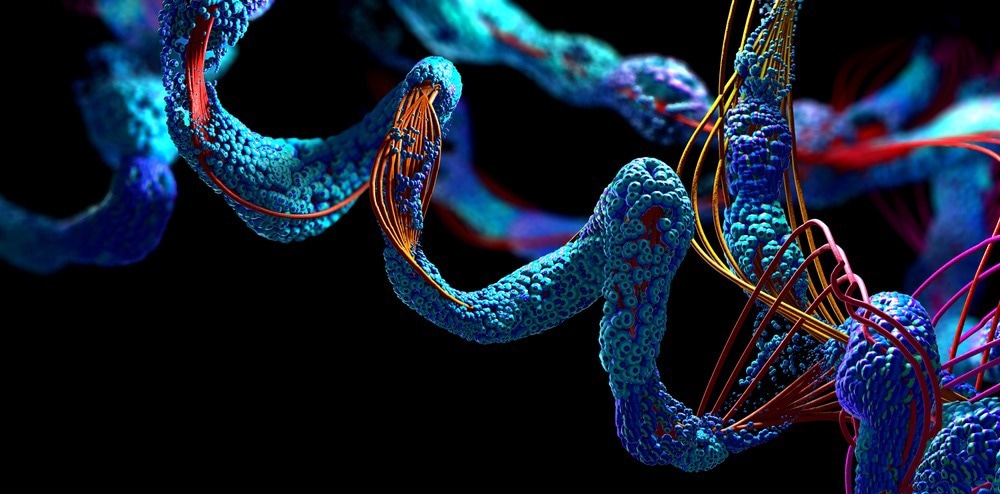Biological molecules self-assemble into huge functional structures that sustain life’s fundamental processes through a delicate balance of electrical and hydrophobic forces. Understanding how proteins self-assemble necessitates an understanding of both forces. While predicting individual proteins’ electrical connections is simple, determining their hydrophobic interactions is more difficult.

Image Credit: Springer
In a study that appears in EPJ E, Angel Mozo-Villarias and his colleagues from the Autonomous University of Barcelona, Spain, propose a model for the alignment of proteins into membrane-like structures that is based on hydrophobic interactions. The model could help in predicting the arrangement of macromolecular assemblies at any scale, serving as a helpful tool for the development of new materials and pharmaceuticals.

Image Credit: Christoph Burgstedt/Shutterstock.com
An emergent feature of complex molecular systems, hydrophobicity does not appear in every component individually. Researchers rate each of the amino acids that make up proteins on a scale based on how much energy it requires to move them from a hydrophilic medium to a hydrophobic one to investigate the hydrophobicity of proteins.
These indexes—the “hydrophobic charges”—create a hydrophobic field for a group of amino acids, just like a distribution of electrical charges creates an electric field.
Mozo-Villarias and his associates initially established a vector that characterized the dipolar nature of a protein based on the distribution of hydrophobic charges on the protein. They then computed the energy held in a system made up of two hydrophobic dipoles using an electrical analogy.
Simulations revealed that the hydrophobic dipoles preferred to align parallel to one another, mimicking how phospholipid molecules arrange themselves in biological membranes to create a double layer.
This membrane effect offers a hydrophobic method through which self-assembling proteins can align prior to forming stronger connections. The study’s authors come to the conclusion that effect is a general theory that underlies the wide range of morphologies in protein assemblies found in nature.
Source:
Journal reference:
Cedano, J. A., et al. (2023). How hydrophobicity shapes the architecture of protein assemblies. The European Physical Journal E. doi.org/10.1140/epje/s10189-023-00320-8